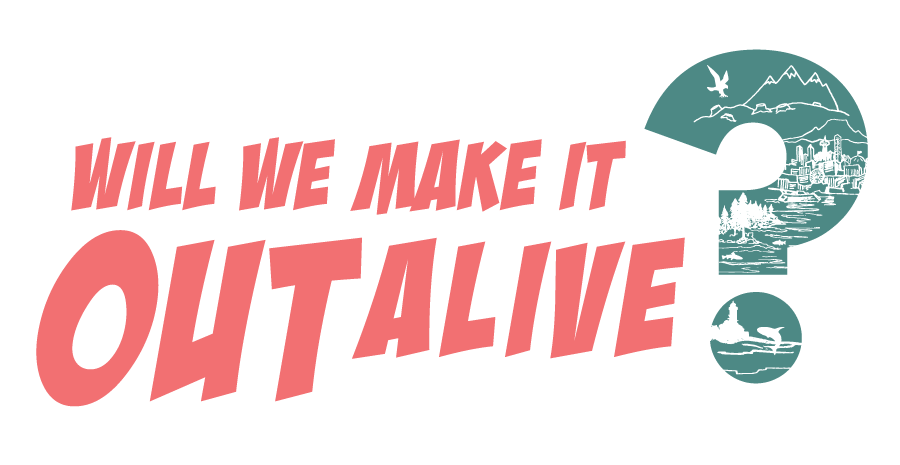GIS Tool: Geodatabase Templates
/In Episode 9 (Fire Must Burn), I talked about geodatabase templates.
There are a lot of geodatabase templates for fire and incident command, but also for a lot of other things like general local government and utilities. These were mostly developed by groups of experts to include the most important and common attributes.
The benefit of using templates is that the user community and experts have already developed them so you can get started with data collection more quickly. You can also easily share data with other jurisdictions, agencies, or groups. This is especially important in emergency response situations. This doesn’t mean you can’t modify or add to the templates, but if you change existing attributes (data fields) it can become more difficult to collaborate with others.
Geodatabase template contents can vary, but can include things such as different layers with attributes (some may be organized into feature datasets), tables, topology and geometric networks. Some may come with symbology files as well. For those of you who don’t know what those things are, I’ll explain them in future episodes/blog posts.
It’s easy to download and import these templates. They typically come as .xml schema files, and you create an empty new geodatabase and then import the schema. GIS magically does the rest for you! You may still need to set up permissions and other settings if you’re using an enterprise geodatabase, but everything else is ready to go.
Here are a few resources to get you started:
Esri Data Models
Facilities Information Spatial Data Model
Do you know of others? If so, leave them in the comments!



Find out how Jen the Magical Mapper has been doing on her Plastic Free July challenge!